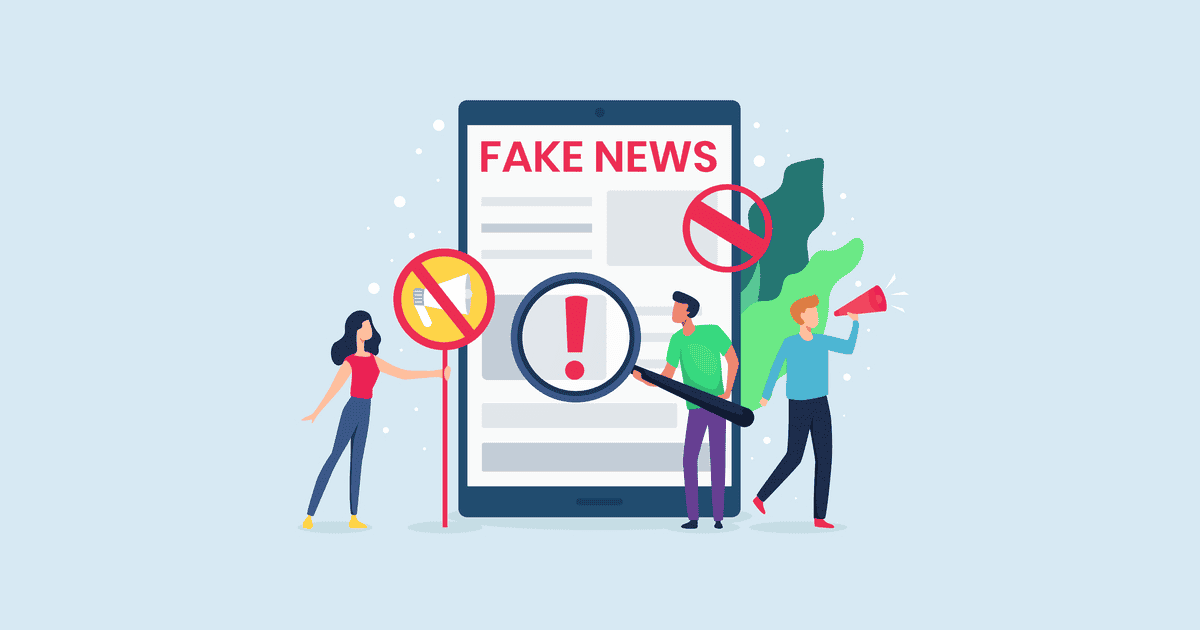Deepfakes: Novel trend or novel threat?
Deepfakes are a type of synthetic media in which a person in an existing image or video is replaced with someone else's likeness. The term "deepfake" is a portmanteau of "deep learning" and "fake". Deepfakes are created using artificial intelligence (AI) techniques, such as machine learning and image manipulation.
Deepfakes can be used for a variety of purposes, including entertainment, social media trolling, and political propaganda. They can also be used to create fake news or to damage someone's reputation.
The potential risks of deepfakes are significant. They could be used to spread misinformation, to manipulate public opinion, or to damage someone's reputation. They could also be used to commit fraud or to blackmail people.
In recent years, there have been a number of high-profile cases of deepfakes being used for malicious purposes. For example, in 2019, a deepfake video of Speaker of the United States House of Representatives Nancy Pelosi was created that made it appear as if she was drunk. The video was widely shared on social media and caused a great deal of confusion and outrage.
Another example of a deepfake being used for malicious purposes occurred in 2020. A deepfake video of Indian Prime Minister Narendra Modi was created that made it appear as if he was endorsing a political candidate. The video was widely shared on social media and had a significant impact on the election.
The risks of deepfakes are real and growing. As the technology continues to improve, it will become easier to create deepfakes that are indistinguishable from real video. This will make it increasingly difficult to verify the authenticity of online content.
There are a number of things that can be done to mitigate the risks of deepfakes. One important step is to educate the public about deepfakes and how to spot them. Another important step is to develop technologies that can detect deepfakes.
It is also important to develop policies and regulations that govern the use of deepfakes. These policies should be designed to protect people from the misuse of deepfakes.
Deepfakes are a new and emerging technology with the potential to be used for both good and bad purposes. It is important to be aware of the risks of deepfakes and to take steps to mitigate them.
The potential risks of deepfakes
- Spreading misinformation: Deepfakes can be used to create fake news or to spread false information about people or events. This could have a significant impact on public opinion and could be used to manipulate elections or other important decisions.

- Manipulating public opinion: Deepfakes can be used to create videos or images that make it appear as if someone is saying or doing something that they never actually said or did. This could be used to manipulate public opinion about a particular issue or to damage someone's reputation.

- Damaging someone's reputation: Deepfakes can be used to create videos or images that make someone look bad or incompetent. This could damage their reputation and could make it difficult for them to get a job, get elected, or maintain their relationships.

- Committing fraud: Deepfakes could be used to create fake videos or images that are used to commit fraud, such as identity theft or insurance fraud.
- Blackmailing people: Deepfakes could be used to blackmail people by threatening to release a video or image that makes them look bad. This could be used to extort money or other favors from people.
Mitigating the risks of deepfakes
- Educating the public about deepfakes: People need to be aware of the risks of deepfakes and how to spot them. This can be done through public awareness campaigns and educational programs.
- Developing technologies to detect deepfakes: There are a number of technologies being developed that can detect deepfakes. These technologies can be used to filter out deepfakes from online content or to warn people when they are viewing a deepfake.
- Developing policies and regulations to govern the use of deepfakes: Governments and businesses need to develop policies and regulations that govern the use of deepfakes. These policies should be designed to protect people from the misuse of deepfakes.
The risks of deepfakes are real and growing. However, there are a number of things that can be done to mitigate these risks. By educating the public, developing technologies to detect deepfakes, and developing policies and regulations to govern the use of deepfakes, we can help to ensure that this technology is used for good and not for harm.































